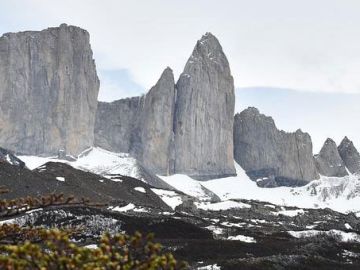Ever since Bruce Chatwin published his legendary 1977 travelogue, In Patagonia, the region located along the southernmost tip of South America has enticed an increasing number of travelers, adventurers and nature lovers to visit.
It is easy to understand why: Patagonia is home to some of the world’s most stunning landscapes. Patagonia travelers will find everything from soaring granite peaks and pristine turquoise lakes to forests, grasslands and dramatic coastlines (where it’s possible to spot whales, dolphins, penguins and more).
If you’re thinking of visiting the region, have a look at our Patagonia travel guide to learn what it has to offer in terms of nature, wildlife, and adventurous things to do. Then check out all the great Patagonia tours Exodus has to offer.
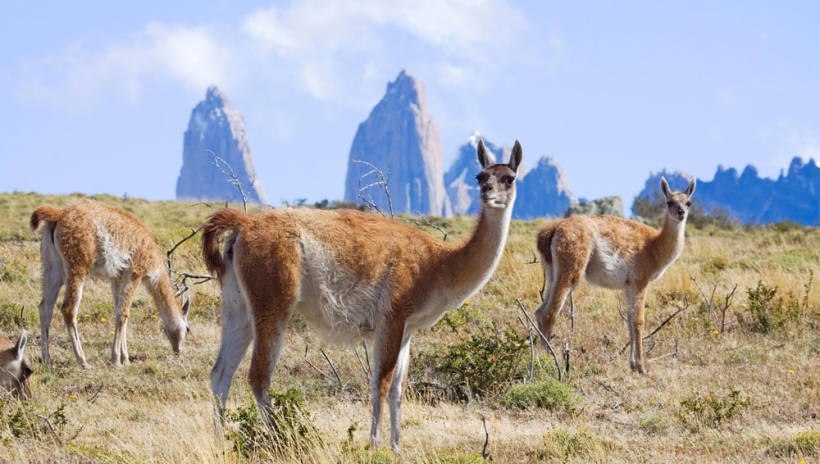
Patagonian History and Culture
The name Patagonia derives from Patagones, a race of mythological giants that were believed to inhabit the region around the time of explorer Ferdinand Magellan, in the 16th century. It is quite possible that they were referring to the indigenous inhabitants of Patagonia, the Tehuelche people since their average height was much taller than European people at the time.
The Tehuelche lived in the area for at least 14,500 years before the arrival of European colonizers. They were nomadic hunter-gatherers, living in the grasslands and hunting with boleadoras– balls attached to a string–which were also used by gauchos (Patagonian cowboys) to catch birds.
The Spanish never tried to settle Tehuelche lands. The first European settlers of Patagonia were actually a group of Welsh people, who reached the southern Atlantic coast of Argentina in 1865. They established settlements like Trelew and Gaiman, where Welsh is still widely spoken today.
After the Welsh came and news spread that life in Patagonia was good and land plentiful, more settlers came from Lebanon, Italy, Spain, England and more. These families set up cattle ranches (which are known locally as estancias), farms and trading posts, and lived in peace with the Tehuelche, who taught them survival skills.
Around the end of the 19th century, the newly independent governments of Chile and Argentina began expanding to the south. They fought against and eventually defeated, the region’s indigenous inhabitants, who ultimately ended up working as manual laborers in European-owned estancias.
Over time, estancias and the life of gauchos almost became synonymous with Patagonia, especially on the Argentinian side of the region. As Patagonia was scarcely inhabited, many estancias grew to vast dimensions and became self-sufficient entities. Gauchos were nomadic cowboys, most of them mestizos (of combined European/Indigenous descent) who traveled from one ranch to another during the 19th and 20th century, helping farmers tend to their cattle.
Nowadays, many estancias also welcome tourists. If you travel to Patagonia, don’t miss a chance to visit one, riding horses and admiring the vast Patagonian skies.

Patagonian Ecosystems
Defining the exact borders of Patagonia is difficult since the region is not a political entity and varies in terms of geography. The region is shared between two countries– Argentina and Chile– and divided by the Andes Mountains. Argentinian Patagonia is far larger than Chilean Patagonia and roughly extends southwards from Bariloche all the way to Ushuaia in Tierra del Fuego.
The Andean mountain range not only separates Argentina and Chile in political terms but also in terms of weather. The massive mountains block much of the rain and clouds coming in from the Pacific coast. As a result, Chilean Patagonia is quite lush and green, with the world’s southernmost temperate rainforest (including many beautiful flowers and endemic plant species).
In contrast, Argentinian Patagonia is an arid grassland plateau, virtually treeless, and scoured by incessant strong winds. This ecosystem is known in Argentina as pampa, and it was traditionally used for cattle farming. At the transition between the mountain and grassland area, there are also wetlands and beech forests.
The Patagonian Andes present a series of glacial lakes, with some of the best and easiest-to-access glaciers in the world, surrounded by granite peaks that offer some incredible and challenging climbs, as well as plenty of hiking opportunities.
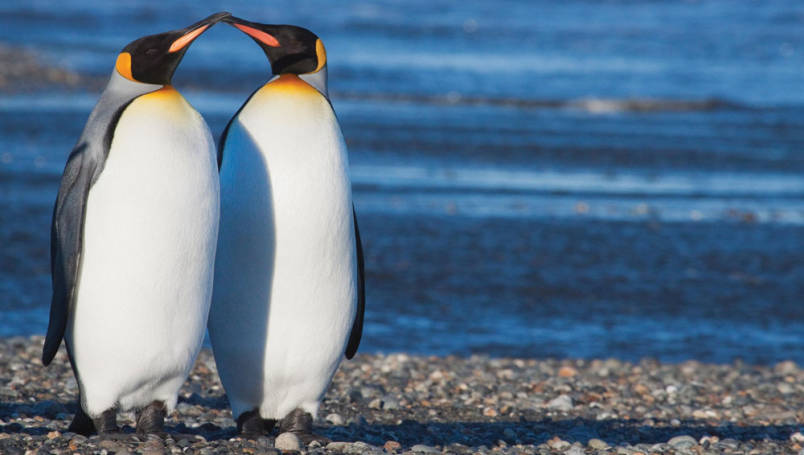
Patagonian Wildlife
Patagonia’s ecological diversity translates to an abundance of different habitats. When combined with the low presence of human activity, the region is naturally home to many wildlife species.
The Argentinian grasslands are home to species that are well adapted to surviving in conditions of low rainfall. These include the endangered huemul deer, puma, rhea (an ostrich-like bird known as choique or ñandú in Spanish), and red fox.
Another iconic Patagonia wildlife species is the guanaco, a camelid related to the llama, which is found all over Patagonia– from the grasslands to the Andes and anywhere in between. Guanacos tend to move in herds, and they are easy to spot as they sway elegantly across the steppe.
Patagonia is also home to a wide variety of birds. First and foremost is the Andean condor, the largest bird in the world: It boasts a nine-foot wingspan, black chest and white neck. Any time you’re hiking across an open field, look up and you may see one of these big birds of prey soaring in search of sustenance.
Some of Patagonia’s best wildlife watching can be enjoyed along the coast, both on the Chilean side around Puerto Montt and Puerto Natales, and on the Atlantic coast in Argentina. Peninsula Valdes is one of the world’s best whale-watching destinations, with southern right whales visiting to give birth between May and November. Other species seen in the area include orcas (a.k.a. killer whales), elephant seals, fur seals, sea lions, Commerson’s dolphins and more.
Patagonia is also home to four penguin species–the Magellanic, Humboldt, Gentoo and king penguins. Magellanic penguins are one of the most common to spot, with their distinctive white bands along the throat. They are endemic to South America and use burrows as their nests.
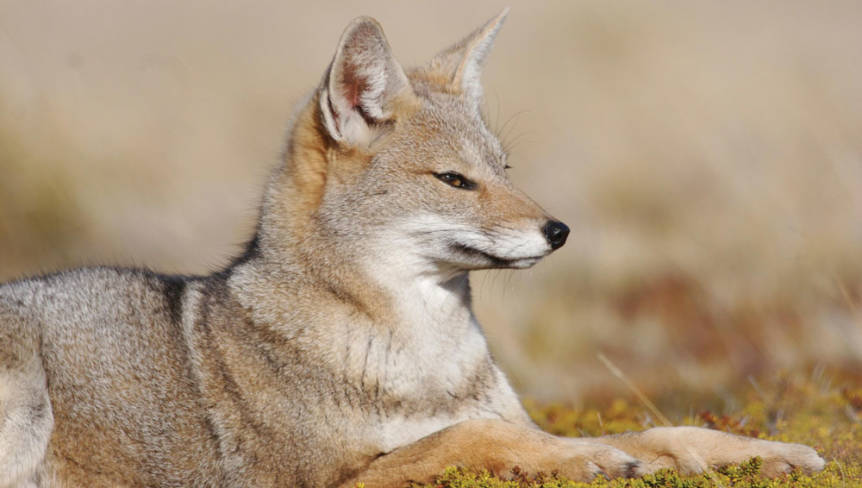
Patagonian Food
Until recently, food in Patagonia was largely unremarkable– more a matter of survival than gastronomic pleasure. Chefs are now rediscovering the region’s traditional produce, creating a range of gourmet specialties. They make use of ingredients found only in this part of the world, like the Calafate berry (like a blueberry, but with a sour taste) and llao llao mushrooms (found on beech trees).
If you eat meat, one Patagonian dish that is truly worth trying is cordero al palo, a spit-roast lamb cooked on an open fire for several hours until the meat is tender, with a delicious smoky taste. Patagonian lamb is also found in quintessential Argentinian recipes like empanadas, half-moon pastries filled with meat, potatoes and other vegetables.
Those who prefer seafood shouldn’t leave Patagonia without trying the king crab, which is usually cooked in a pie that’s somewhat reminiscent of a thick chowder topped with cheese and breadcrumbs.
When traveling to Patagonia, you can’t fail to try some of the region’s famous wine. Chile and Argentina are world-renowned for their wine production, even though most of it is produced further north. However, Patagonia does have two wine growing regions–Río Negro and Neuquén. The first has been producing wines for over a century, whereas the latter was just established in the 1990s. They’re best known for their Malbecs, complex red wines perfect to accompany lamb or other roasted meats.
Things to Do in Patagonia
By now you’ve probably surmised that there are tons of different options for things to do in Patagonia. But here are a few of our recommended favorites:
See Perito Moreno
The mighty glacier of Perito Moreno is easily the most popular tourist attraction in Patagonia. Standing in front of its three-mile width and listening to the roar of ice as chunks fall into the lake below, you’ll definitely gasp at the greatness of nature.
Patagonian glaciers have been affected by global warming far less than glaciers elsewhere in the world. Here, the ice crashes into the water not because it is melting, but because glaciers are dynamic, moving much like rivers do. Having said that, glaciers like Perito Moreno are also getting thinner as a result of climate change.
There are many ways to get close to the glacier. You can view it from observation boardwalks, take boat trips around the lake to see the icefall up close, or even hike onto the glacier itself.
Hike Other Glaciers
If you enjoy your visit to Perito Moreno, there are also plenty other glaciers you can hike in Patagonia.Two popular options are Glacier Viedma (located about 150 km north of El Calafate on the way to El Chalten) and Glacier Grey (near the Torres del Paine on the Chilean side of Patagonia).
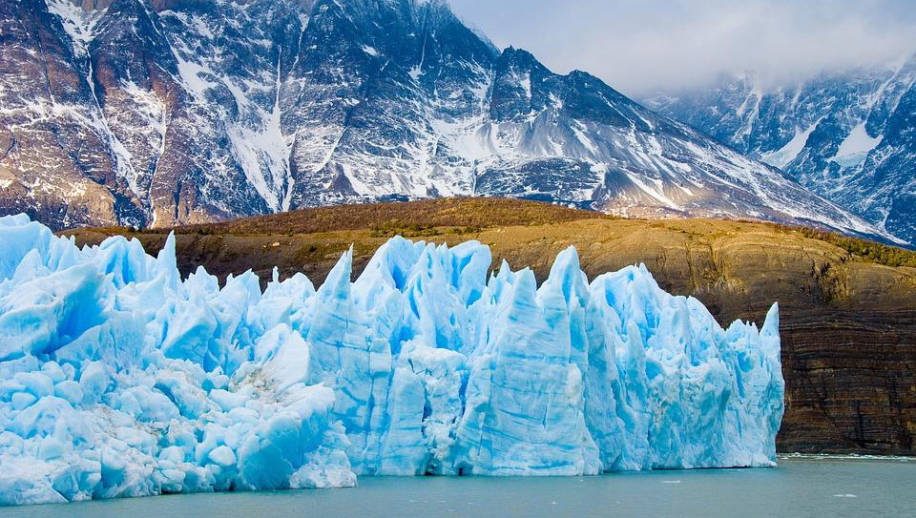
Hiking Around El Chalten
The small Andean town of El Chalten doesn’t look like much at first glance, but it happens to be the departure point for many great Patagonian hikes and climbing expeditions.
One of the best hikes from El Chalten is to Laguna de Los Tres, an eight-hour trail to a pristine lake located at the base of Cerro Fitzroy (one of Patagonia’s iconic peaks). This hike is very well marked and popular, and it’s fairly easy. But good fitness levels are necessary, as there are a couple of steep sections.
A shorter (but steeper) trek is the six-hour hike along Rio Fitzroy to the base of Cerro Torre, where a turquoise glacial lake reflects the saw-toothed silhouette of the famous mountain. Hardcore hikers can attempt the Lomo del Pliegue Tumbado trek, with great scenic views over Cerro Torre, Fitzroy and Lago Viedma. But it’s more strenuous and far less popular, so guides are highly recommended. Besides these day hike ideas, the opportunities for multi-day hikes around El Chalten are truly endless.
Visit Torres del Paine National Park
Most of Patagonia’s best attractions are located in Argentina, with one notable exception–the spectacular Torres del Paine National Park.
Torres del Paine is definitely the prime hiking location in Chile, offering hundreds of kilometers of trails. The park offers glaciers, lakes, moraines and valleys filled with wandering guanaco herds and granite peaks overlooking from above.
The best hike in Torres del Paine is the W trek, which is named after the shape of the trail. The hike includes some of the park’s most iconic sights, like the namesake Torres (three granite towers overlooking a lake), Glacier Grey and the Valle Frances.
Those with extra time on their hands should consider hiking the Circuit, a seven to nine-day trail that includes the W and the rarely visited northern side of the park. If you want magical Patagonian landscapes with no one else in sight, this is the hike for you.
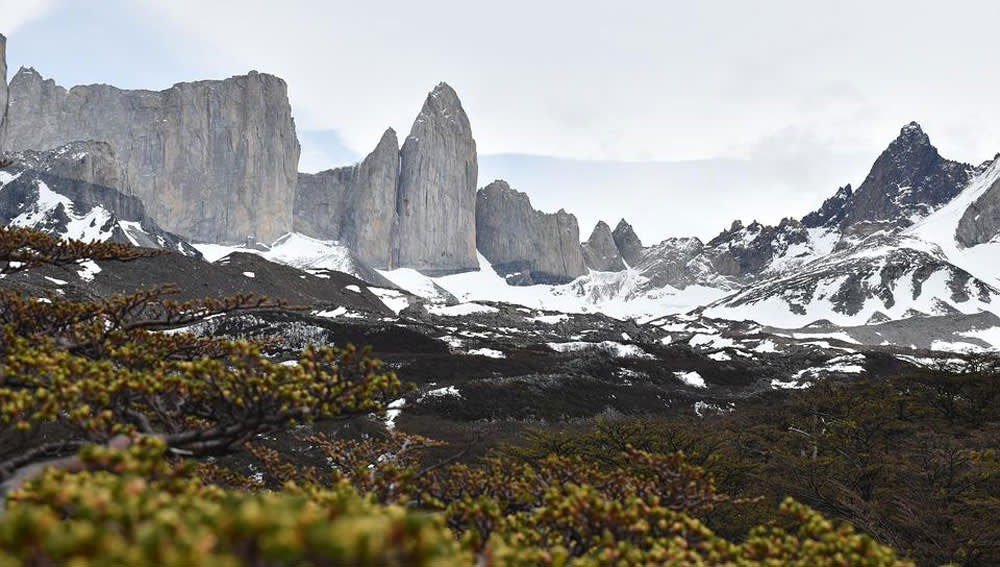
Drive the Carretera Austral
A great option for road trip lovers is the Carretera Austral, which was constructed during the time of Pinochet to provide access to rural communities in Southern Patagonia.
The road stretches for 770 miles from Puerto Montt to Villa O’Higgins, through spectacular landscapes that include fjords, glaciers, forests, and mountains.
Don’t expect to be able to drive the Carretera Austral in just two or three days. This is an epic road trip that is best savored slowly, stopping along the way at remote communities. You’ll definitely want to check out offbeat natural sights like Queulat National Park (which is famous for its “hanging glacier”), the fjord-shaped Yelcho Lake, and pristine General Carrera Lake.
Peninsula Valdes
The UNESCO-listed Peninsula Valdes, located on the Atlantic coast of Argentina, is one of the world’s prime destinations for observing marine mammals in their natural habitat.
Whale watching around Peninsula Valdes is truly phenomenal. The sheltered bays on either side of the peninsula are ideal for Southern Right whales to give birth. Every year between June and November, many can be spotted there with their calves before migrating to the cold Antarctic waters.
The main draw of Peninsula Valdes is seeing killer whales hunt for seals and sea lions on the shore (it is the only known place in the world where this happens regularly). It is also possible to see elephant seals, Magellanic penguins and terrestrial Patagonian wildlife species such as the guanaco and rhea.

Tierra del Fuego
The island of Tierra del Fuego marks the southernmost point of the South American continent. Its capital, Ushuaia, is known as el fin del mundo (the end of the world), because only Antarctica is further south.
It’s a pleasant place to explore, wandering streets lined with colorful houses and surrounded by mountains. Ushuaia is also the departure point for cruises to Antarctica and Cape Horn, the southernmost headland of Tierra del Fuego.
Even if your vacation time doesn’t stretch far enough to reach Antarctica or Cape Horn, it’s worth getting out of Ushuaia to explore Tierra del Fuego, either by land or sea. One popular outing is a cruise along the Beagle Channel, where you can see penguins, cormorants and other seabirds.
